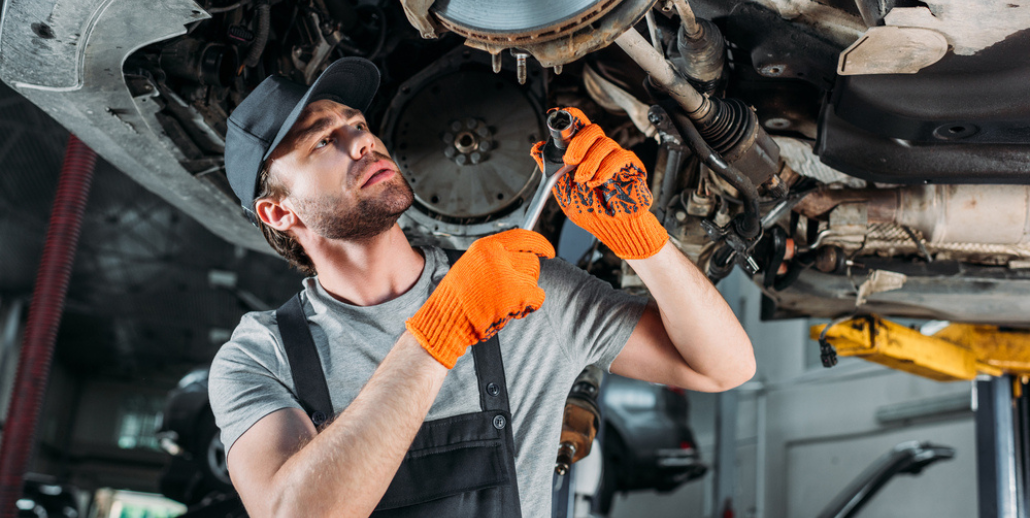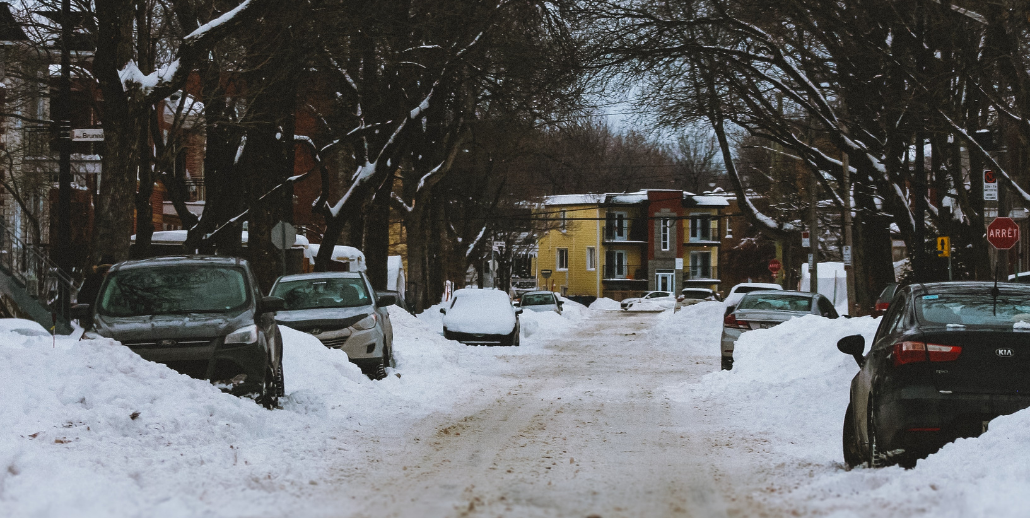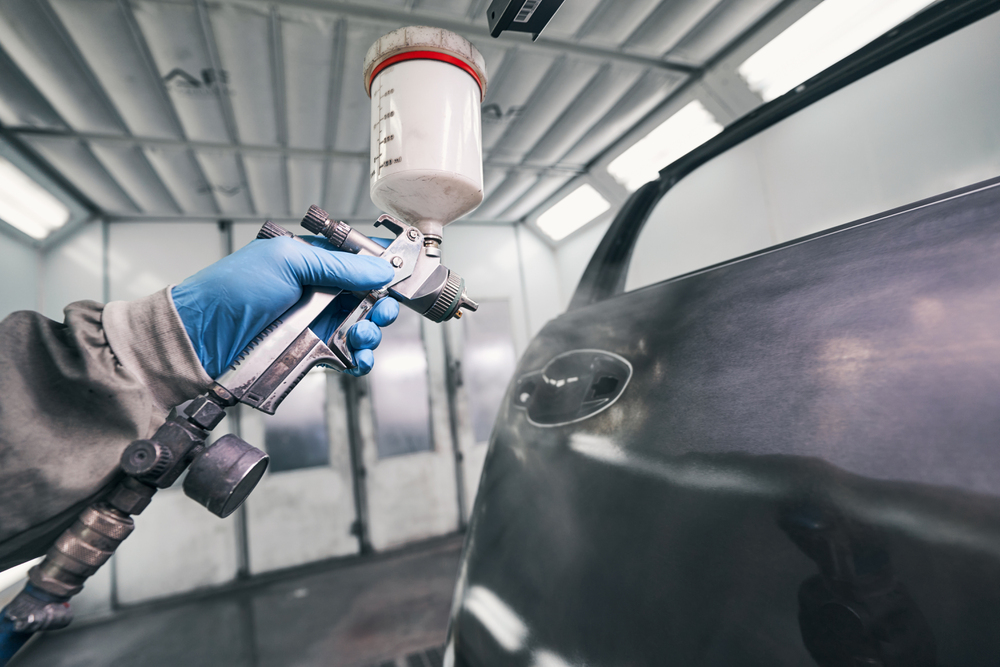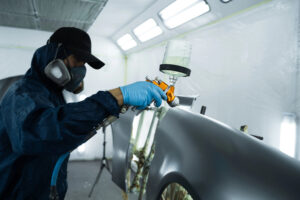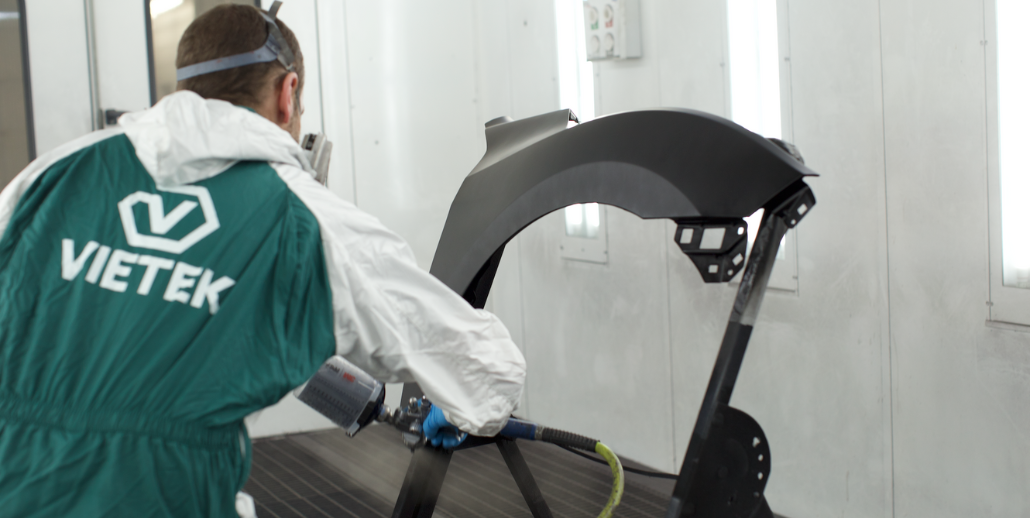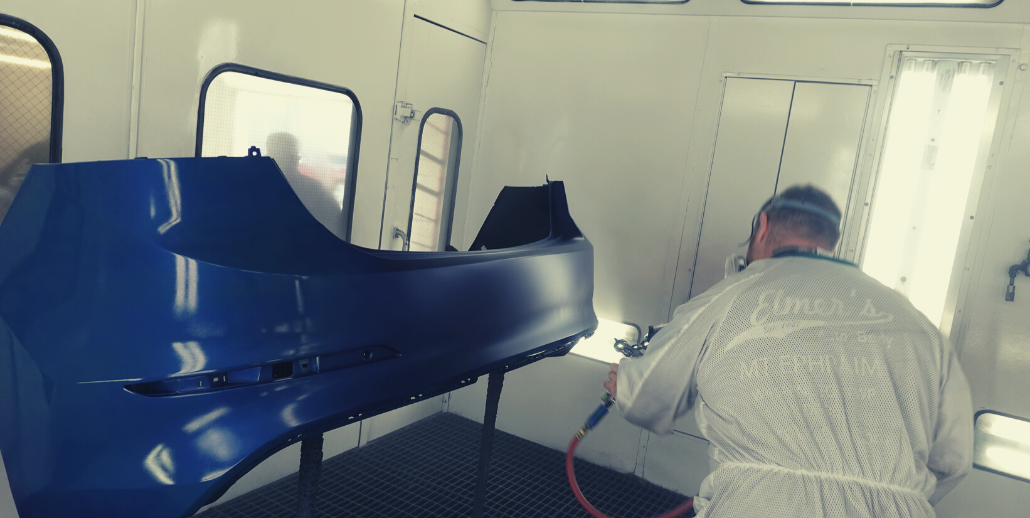Accidents will happen—you can count on it! At some point, you may experience dents or dings in your vehicle and wonder what steps to take next. First, you want to look at the cheapest option known as paintless dent repair (PDR), but unfortunately, not all cars will be good candidates for this fix. You need to know what it can and cannot fix to determine whether you should take this action or choose a traditional dent repair method.
Before You Start
First, you need to speak with an insurance agent about the damage to your car. Provided you carry comprehensive or collision coverage, they will cover it. For minor dents, you may want to cover it yourself because you will wind up paying more for your premium after filing a claim. Either way, your agent will assess the damage to determine how to proceed. In most cases, they prefer PDR because it costs less than traditional dent repairs, but it may not work for every situation.
- Categories of Damage from Dents
- Dent repair falls into four categories such as:
- Paint intact with cosmetic damage
- Scratched paint with cosmetic damage
- Intact paint but has severe damage
- Scratched paint with severe damage
Paint Intact with Cosmetic Damage
In most cases, PDR works best for minor dents and dings. The first category means that the paint suffered no scratches, and the key focus here will be to restore the metal.
Scratched Paint with Cosmetic Damage
This is the second category with a larger amount of damage to where it scratched the paint. For anyone who doesn’t know, the original paint job from the factory will always be worth the most. Damage to this can cause the resale value to drop slightly, but you should be able to repair it with PDR. With this one, you have minor dents in the car, and you will need to repaint the car after.
Intact Paint but Severe Damage
In this category, the car suffered serious damage, but the paint remains intact. They may have damaged the mechanical system. You don’t need to repaint the car with this category, however.
Scratched Paint with Severe Damage
You don’t have any way around it because the paint was damaged severely. You will need to go the full mile with this and pay the extra to bring the car back to normal condition. Many times, you need to repair or replace panels on the car due to the extent of the damage.
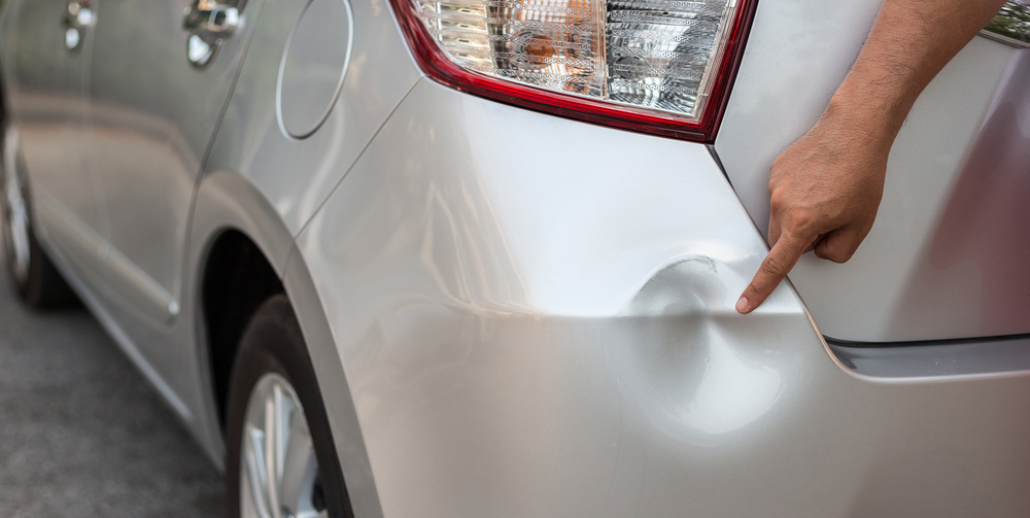
When Can You Use PDR?
The best times to use PDR will be when you didn’t damage the paint job. If the paint job was damaged, the technician will need to use body filler to repair the cracked paint, which will require more traditional methods of repairs. Even in cases where your car suffered severe damage, as long as the paint job remains intact, you don’t need to choose the traditional route. You may consider this as a way to save money. In fact, whenever you can preserve the original paint through PDR, use it because your car will retain its trade-in value. PDR won’t work where the dents sit at the edge of the panel or the car had previous auto body work done.
What Is PDR?
We have gone on about PDR and when to use it, but you may wonder about the repair method. PDR requires no body filler, which means that it won’t mess with your paint. Instead, our technicians will gently reset the metal back to its original condition with specialized tools in the hands of trained technicians. This method requires no sanding or replacement of your panels. PDR costs less than what most auto body shops usually charge, and they can perform it faster. It depends on the damage, but it may take five minutes. We don’t want to set the expectations too high, however, because there are cases where it will take one to two days. Most of the time, they can do this repair while you go to work or shop.
Metal Only
You can’t perform PDR on plastic bumpers, fenders, or non-metal parts. PDR only works on metal auto-body parts. The dent must also be accessible to the PDR tools. Don’t worry about PDR not working or causing damage to your car. You have some stories making their rounds that it will damage the car. That is false. In fact, this is one of the cheapest dent repair options that will truly work. You have many cheap dent repair choices that will often fail or wind up costing you more money, but you don’t have to worry about PDR. Google, “Auto body shop near me,” and all of the reputable ones will tell you the same thing. The only time where they wouldn’t is when they hope to scare you to make more money off you.
Final Thoughts
If you crashed your car, you may need to remove the dents from it. You can speak with the experts at Elmer’s Auto Body. We have been in business for over 70 years in South New Jersey. We’re family-owned and operated, and we seek to serve the community with quality auto body repairs. If you’d like to learn more, call us at (856) 218-0202.


